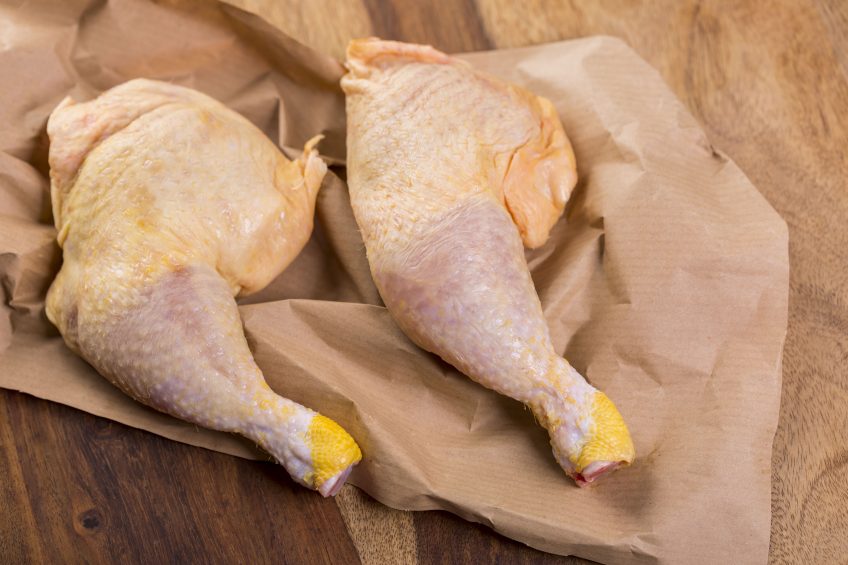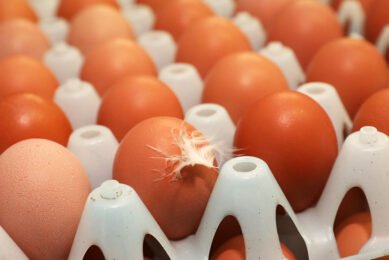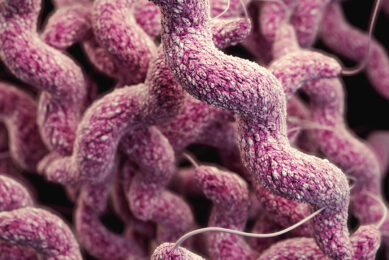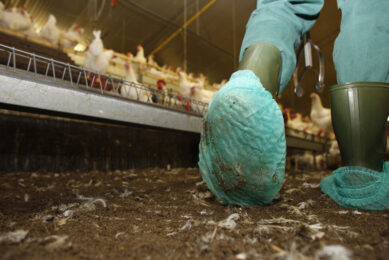Levels of campylobacter in fresh-brought, UK-produced chicken continue to fall in birds purchased from major retailers.

Levels of campylobacter in fresh-brought, UK-produced chicken continue to fall in birds purchased from major retailers.
But despite a significant overall reduction, high levels of campylobacter in poultry rose sharply among a number of smaller retailers and butchers.
Figures released by the Food Standards Agency for the period January to March show on average, across the market, 6.5% of chickens tested positive for the highest level of contamination, carrying more than 1,000 colony forming units per gram (cfu/g). This compares with 9.3% for the corresponding period last year.
The figure among the 9 named major retailers was 5% compared to 7.8% in January-March 2016. The FSA singled out Marks and Spencer, Morrisons and Waitrose as having the lowest levels compared to the average at 2.5%, 2.8% and 2.7% respectively.
Significant difference
But the group consisting of a number of smaller retailers and butchers had a significantly higher level – 16.9% – compared to the market average.
Just under half (48.8%) of chicken skin samples tested positive for campylobacter at any level, compared to 50% which tested positive in the same period last year.
Commenting on the results, Heather Hancock, Food Standards Agency chair, said that while the results were pleasing more work needed to be done.
“It is good to see that levels continue to go down as this indicates that the major retailers and processors are getting to grips with campylobacter. These results give us a clear picture of the positive direction in which we are heading, and help us measure the impact of interventions that are being used to reduce contamination.’’
Progress
“While results are reassuring, we want to see more progress among the smaller businesses, to achieve real and lasting reductions,” she said.
Ms Hancock praised the commitment and responsibility that the industry had shown in their efforts to provide consumers with food they could trust: “They have invested a lot of money into the interventions to tackle the problem and it is showing clear results.”













